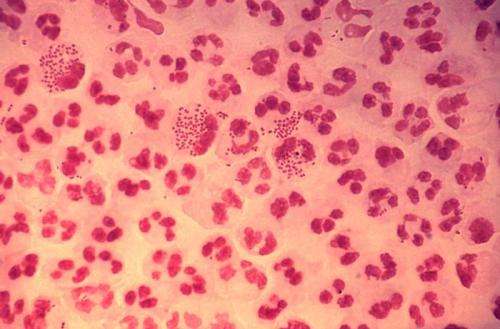New Imaging Techniques Uncover How Tiny Brain Vessels Pulse to Control Blood Flow

A new study utilizes laser speckle contrast imaging to uncover the rhythmic pulsations of tiny brain vessels, offering insights into blood flow regulation and brain health.
Recent advancements in neuroimaging have shed light on the delicate and rhythmic movements of small blood vessels within the brain, a phenomenon known as vasomotion. For more than a century, scientists have recognized that these blood vessels contract and relax rhythmically, which helps in fine-tuning cerebral blood flow and clearing waste products. Disruptions in vasomotion have been linked to neurological disorders such as Alzheimer's disease and stroke, but the underlying mechanisms have remained elusive.
A team at Aarhus University has developed an innovative method to observe vasomotion and its effects, termed flowmotion, in awake mice. Their groundbreaking research, published in Neurophotonics, utilizes laser speckle contrast imaging (LSCI)—a technique capable of measuring blood flow over large areas of brain tissue with high precision—which allows real-time tracking of transient vascular events. By combining LSCI with sophisticated data analysis methods like wavelet transforms, pulsatility indices, and clustering algorithms, the researchers were able to distinguish between different oscillatory patterns.
The study revealed that vasomotion does not occur as a continuous rhythmic activity. Instead, it manifests in discrete bursts called 'flares,' which typically last around 80 seconds, separated by quiet intervals. The most prominent oscillations originated from small arteries where vessel diameters fluctuated rhythmically. These diameter changes propagated downstream as rhythmic flow variations, reaching the veins after a delay of approximately 0.33 seconds. This indicates that arterial walls are the primary drivers of vasomotion, with rhythmic activity spreading through the vascular network rather than occurring uniformly.
These findings provide valuable insights into how the brain precisely regulates blood supply at a microvascular level, which is vital for maintaining healthy brain function. Understanding these transient vascular patterns can also enhance our knowledge of how blood flow and waste clearance operate, potentially offering new directions for addressing neurodegenerative diseases. As Dr. Alberto L. Vazquez from the University of Pittsburgh commented, the use of high-resolution LSCI allows for capturing these dynamic vascular activities in vivo, highlighting key control zones within the brain’s vascular system.
Overall, this research advances our comprehension of the mechanisms governing cerebral blood flow and opens new avenues for studying vascular health and disease using innovative imaging methods.
Stay Updated with Mia's Feed
Get the latest health & wellness insights delivered straight to your inbox.
Related Articles
Innovative Focused Ultrasound Technique Stops Growth of Brain Cavernomas in Early Trials
A novel focused ultrasound method using microbubbles has shown promise in halting the growth of brain cavernomas in early preclinical studies, offering a potential noninvasive treatment option.
Impact of the Great Irish Famine on Human Height Explored by New Research
New research explores how the Great Irish Famine affected human height, revealing insights into survival and health long-term effects of humanitarian disasters.
Innovative Dental Floss Method Enables Needle-Free Vaccine Delivery
Scientists have developed a novel needle-free vaccine method using dental floss infused with vaccine components, promising a simpler and more accessible immunization approach. This innovative technique leverages the permeability of gum tissue and has shown successful immune responses in mice, with potential for human application.
England Launches Pioneering Gonorrhea Vaccination Program to Combat Rising Cases
England has launched the world's first routine gonorrhea vaccination program in response to rising cases and antibiotic resistance, aiming to reduce infections significantly.



